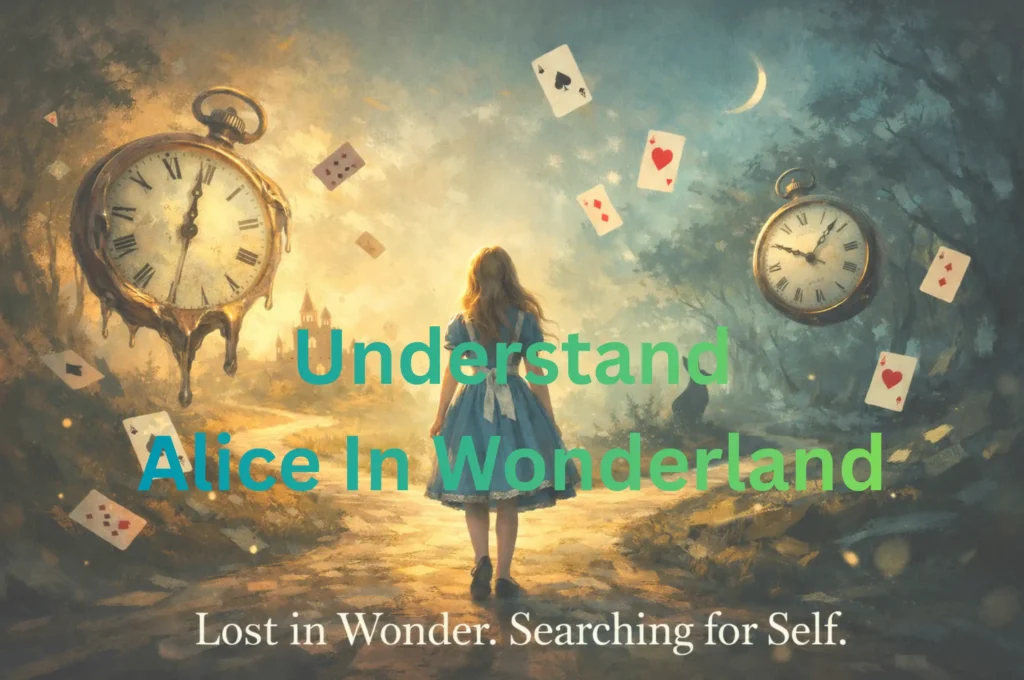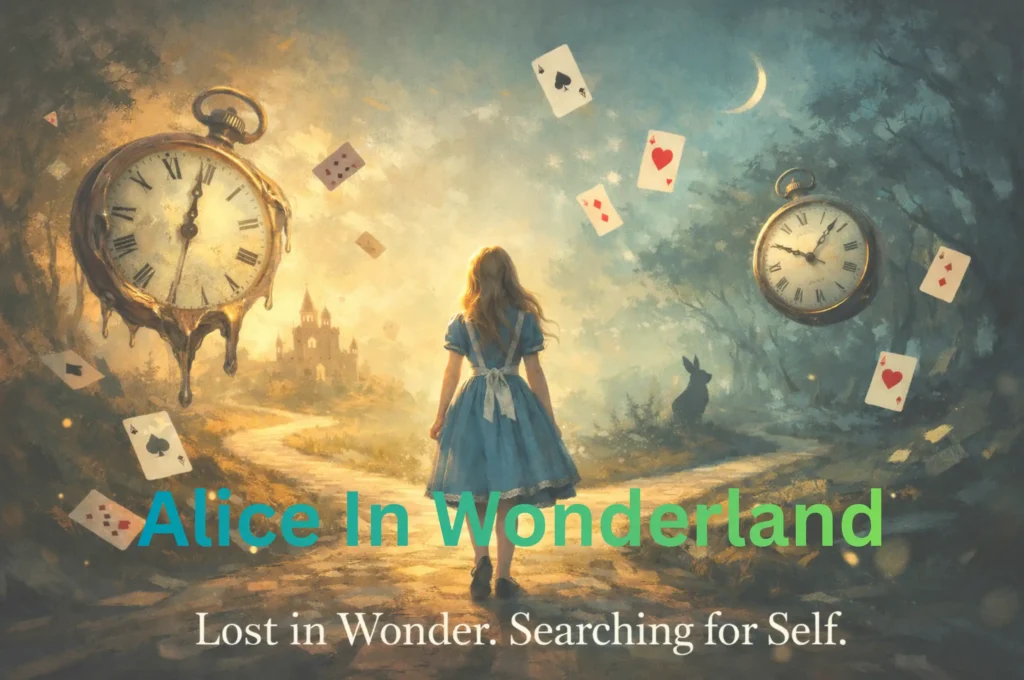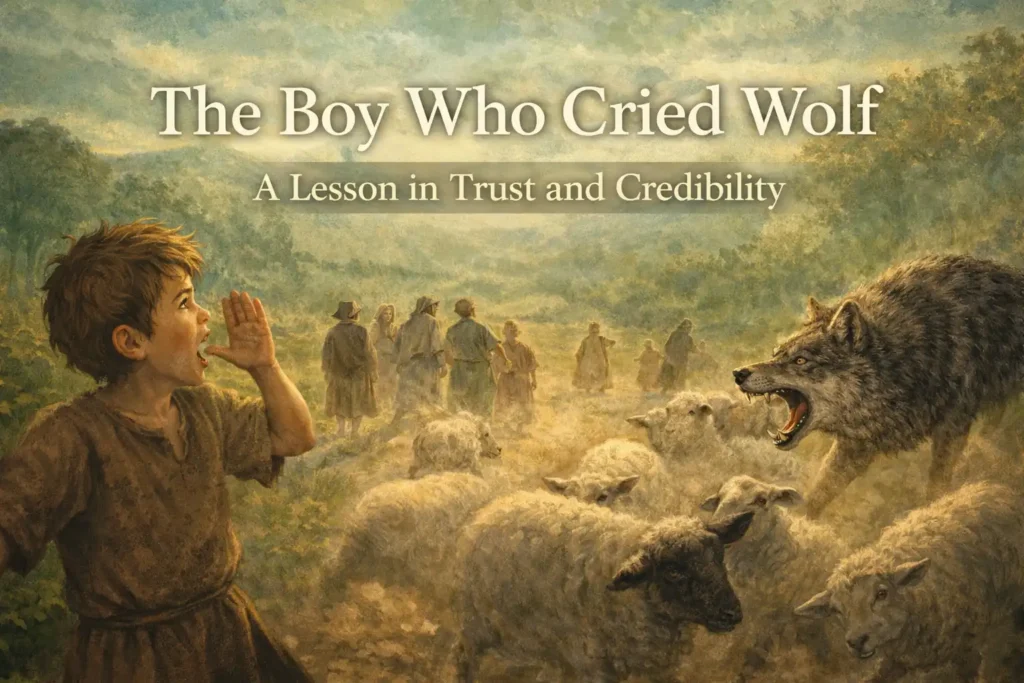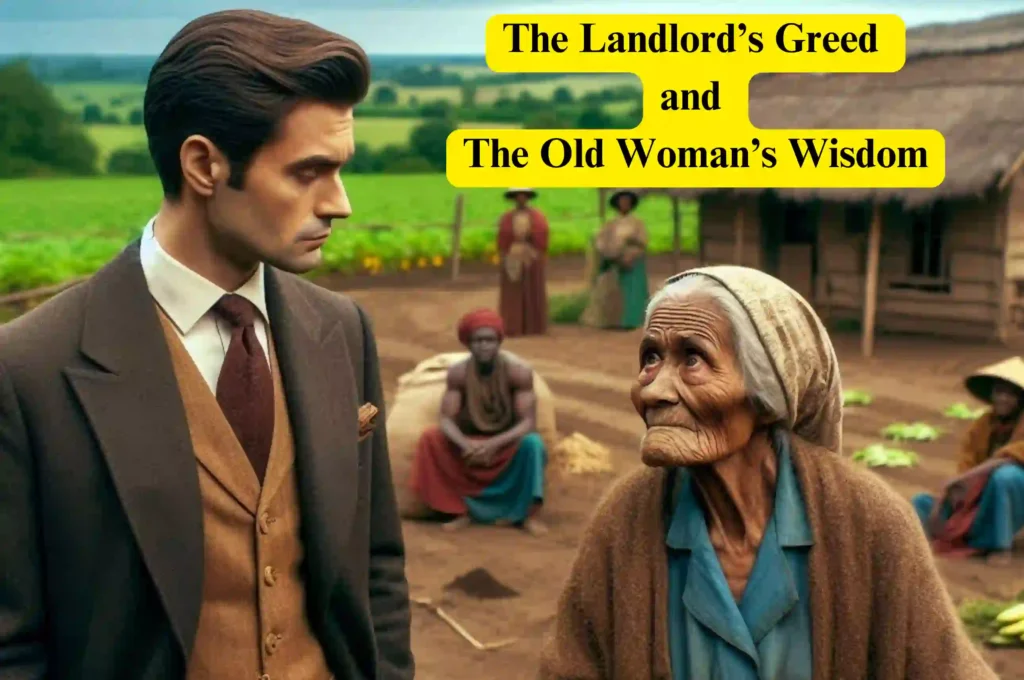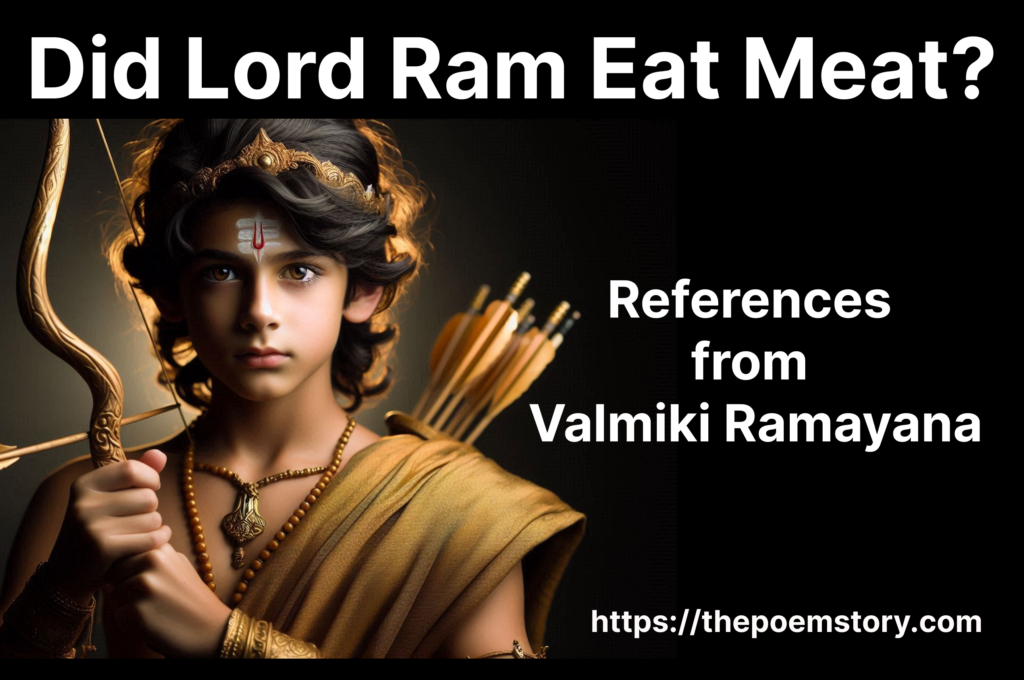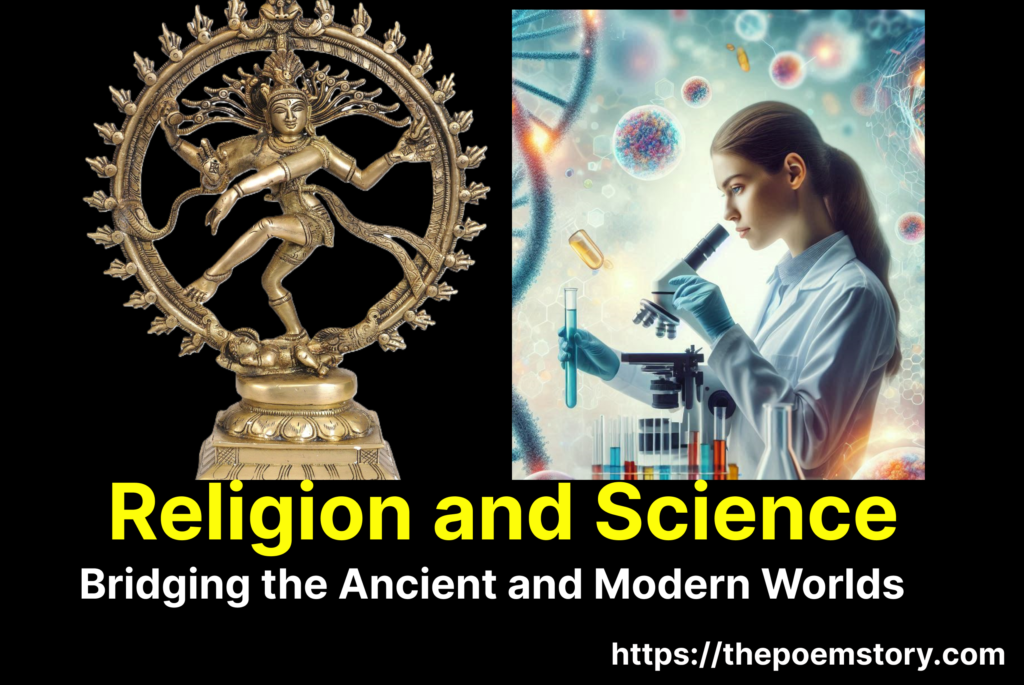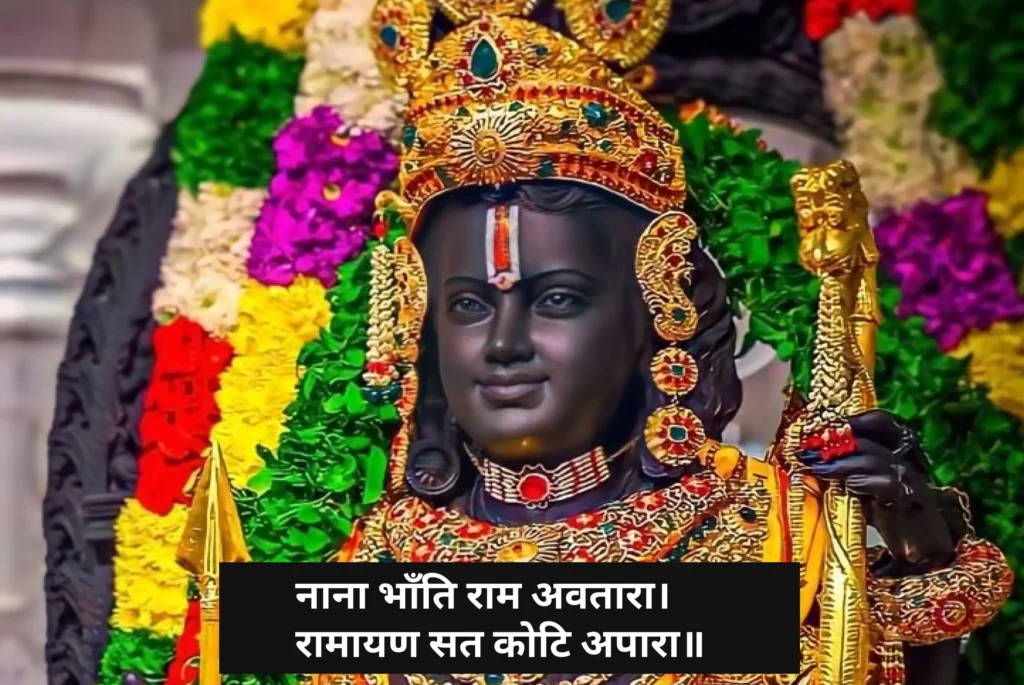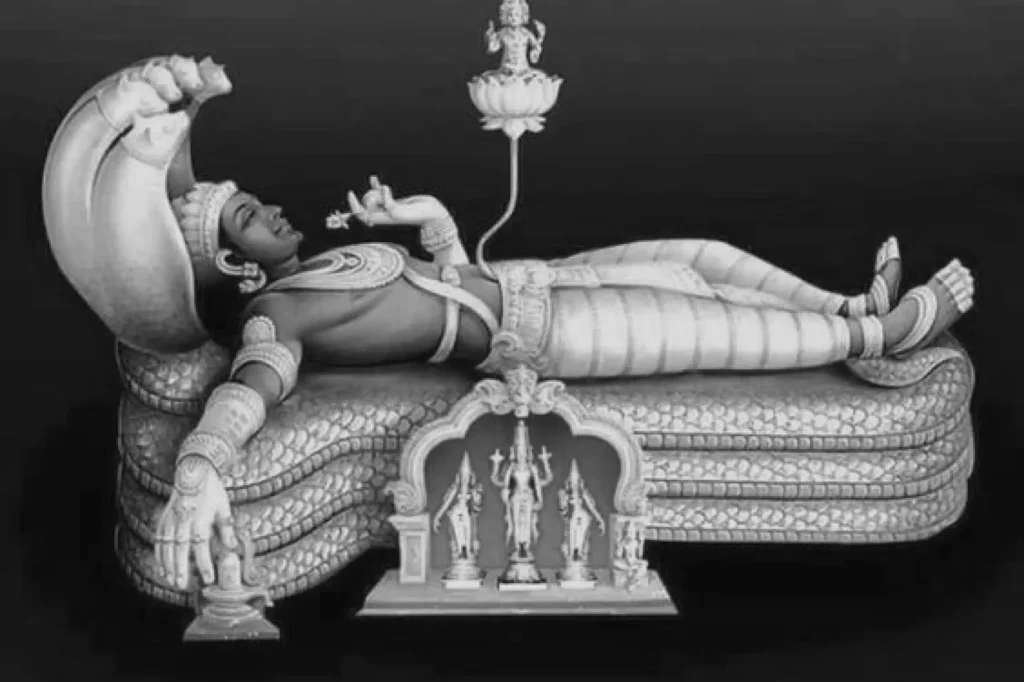Introduction to Meghadoot
Story of Meghadoot. ‘Meghadoot,’ also known as ‘The Cloud Messenger,’ is a revered classical Sanskrit poem penned by the illustrious ancient Indian poet Kalidasa. This literary masterpiece holds a significant place in Indian literature due to its evocative storytelling and profound emotional depth. Kalidasa, known for his poetic genius, intricately weaves a narrative that transcends the ordinary, employing a cloud as a messenger to convey the yearning of a separated lover.
The poem unfolds around a Yaksha, a celestial being, who is exiled to a remote mountain by his master, Kubera, the god of wealth. Stricken by the pangs of separation from his beloved wife, the Yaksha spots a monsoon cloud and implores it to deliver a message to her in Alaka, a mythical city in the Himalayas. This unique narrative device, where a cloud becomes a conduit of communication, showcases Kalidasa’s innovative storytelling approach and his deep understanding of human emotions.
‘Meghadoot’ is not merely a tale of longing and separation; it is a vivid tapestry of the Indian subcontinent’s geographical and cultural richness. As the Yaksha describes the cloud’s journey, Kalidasa vividly paints the landscapes, rivers, mountains, and cities that it would traverse, offering readers a panoramic view of ancient India. This detailed geographical narration not only enhances the poem’s aesthetic appeal but also serves as a testament to Kalidasa’s descriptive prowess.
The significance of ‘Meghadoot’ in Indian literature extends beyond its narrative and descriptive beauty. It delves into the themes of love, devotion, and the transient nature of human life, resonating with readers across generations. The poem’s lyrical quality, coupled with its emotional resonance, has cemented its status as a timeless classic. As we delve deeper into Meghadoot’s storyline and thematic elements, we will uncover the layers of meaning embedded in this enduring work of art.
The Cloud Messenger
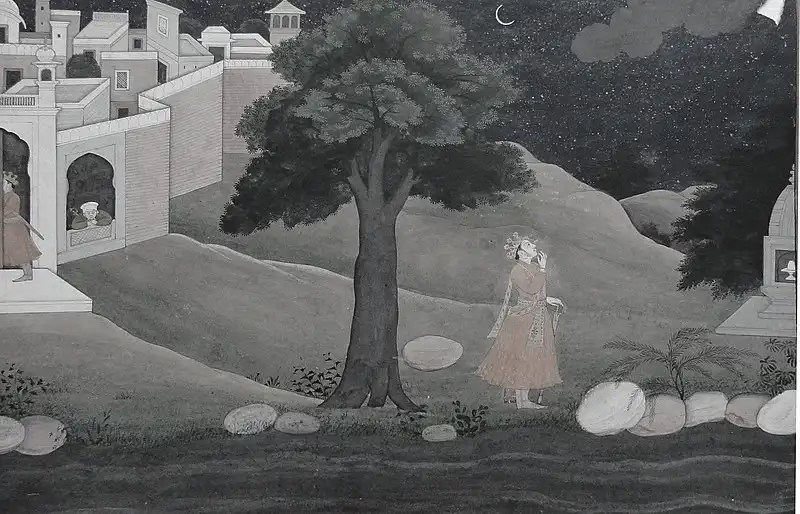
Keywords: Story of Meghadoot, The Cloud Messenger, The Message of Love, Emotional Appeal in Meghadoot, The Legacy of Meghadoot
Table of Contents
The Yaksha’s Plight
The story of Meghadoot begins with the poignant tale of the Yaksha, who finds himself in a dire predicament borne out of misfortune and divine displeasure. The Yaksha, a celestial being in the service of Kubera, the God of Wealth, becomes the central figure of this narrative. His plight is initiated by a curse imposed by his master, Kubera, as a consequence of neglecting his duties. This divine censure is not merely a reprimand but a severe punishment that mandates a year of exile, a separation from the opulence and companionship of Alakapuri to the remote and desolate Ramagiri mountains.
In Ramagiri, the Yaksha is engulfed by a profound sense of desolation and sorrow. The isolation of this distant land starkly contrasts with the familiar comforts and splendor of his celestial abode. However, it is not just the physical displacement that torments the Yaksha; it is the agonizing separation from his beloved wife that inflicts the deepest wound. The intensity of his longing for his wife is palpable and forms the emotional core of the narrative.
The Yaksha’s sorrow is amplified by the serene yet somber environment of Ramagiri, which mirrors his inner turmoil. The lush forests, flowing rivers, and tranquil ambiance of the mountains become both a refuge and a reminder of his plight. Each element of nature around him seems to echo his yearning and unfulfilled desires. His thoughts are incessantly drawn to his wife, dwelling on the memories of their shared love and companionship, which now seem painfully distant and unreachable.
Thus, the Yaksha’s predicament is not just a tale of exile but a profound exploration of love, loss, and longing. It sets the stage for the ensuing events in Meghadoot, where the Yaksha’s deep yearning propels him to seek an extraordinary means to communicate with his beloved, thereby weaving the intricate tapestry of this timeless literary masterpiece.
The Arrival of the Monsoon Cloud
As the monsoon season sweeps across the Indian subcontinent, the skies darken with the arrival of heavy, rain-laden clouds. This transformative period brings a sense of renewal and hope, not only to the parched earth but also to the hearts of those longing for connection. In Kalidasa’s “Meghadoot,” the monsoon cloud emerges as a powerful symbol of communication and emotional depth.
The protagonist, a Yaksha, finds himself exiled and separated from his beloved wife, who resides in the mythical city of Alakapuri. As the first monsoon cloud drifts into view, it stirs within him a profound sense of hope and inspiration. The Yaksha, emboldened by the cloud’s presence, decides to use it as a divine messenger to convey his love, yearning, and unspoken emotions to his distant wife.
The cloud, thus, is not merely a natural phenomenon but is imbued with poetic significance. It becomes a vessel for the Yaksha’s deep-seated feelings, carrying his message of love across vast distances. The imagery of the cloud, laden with rain, mirrors the Yaksha’s own tears and his emotional turmoil. The cloud’s journey becomes a metaphor for the trials and tribulations faced by lovers separated by fate and distance.
Kalidasa masterfully captures the emotional landscape of the Yaksha, using vivid descriptions of the cloud and its movements to evoke feelings of longing and anticipation. The monsoon cloud, with its dark, brooding presence, serves as a poignant reminder of the Yaksha’s plight and his steadfast love. It symbolizes the hope that even in the darkest of times, love can find a way to transcend barriers and reach those who matter most.
Through this poetic device, “Meghadoot” not only celebrates the natural beauty of the monsoon season but also delves deep into the emotional and spiritual dimensions of human experience. The cloud, as a messenger, bridges the gap between the Yaksha and his wife, underscoring the enduring power of love and the human spirit.
Keywords: Story of Meghadoot, The Cloud Messenger, The Message of Love, Emotional Appeal in Meghadoot, The Legacy of Meghadoot
The Message of Love
The “Meghadoot” is a poignant narrative centered around the Yaksha’s message of love to his wife. Kalidasa, with his unparalleled poetic prowess, encapsulates the depth of the Yaksha’s emotions, weaving a tapestry of longing, affection, and vivid recollections of their time together. The Yaksha’s message, carried by the cloud, is a testament to the enduring bond between the lovers, transcending physical distances and the passage of time.
In his message, the Yaksha recollects the serene moments spent with his beloved, painting a picture of their shared joys and sorrows. One of the key excerpts from the poem beautifully illustrates this connection: “O cloud, convey to her the memory of our nights spent together, under the moonlit sky, where our souls entwined in the embrace of love, and the gentle breeze whispered sweet nothings.” This evocative imagery not only highlights the Yaksha’s deep affection but also underscores the poetic beauty of Kalidasa’s language.
Kalidasa’s use of metaphors and similes further enhances the emotional depth of the Yaksha’s message. The Yaksha’s yearning for reunion is palpable when he describes the physical manifestations of his longing: “My heart aches like the parched earth yearning for the monsoon rains, and my eyes seek her presence like the night longs for the dawn.” Through these vivid comparisons, the reader can almost feel the Yaksha’s intense desire to be reunited with his wife.
The poem also delves into the Yaksha’s vivid memories of their time together, capturing the essence of their love. He reminisces about the small, intimate moments that define their relationship, such as the tender touch of her hand, the sound of her laughter, and the warmth of her embrace. These memories serve as a constant reminder of the love they share and fuel his determination to reunite with her.
Kalidasa’s “Meghadoot” thus stands as a timeless ode to love, showcasing the poetic beauty and emotional depth that has captivated readers for centuries. The Yaksha’s heartfelt message to his wife is a testament to the enduring power of love, transcending all barriers and resonating with readers across generations.
Keywords: Story of Meghadoot, The Cloud Messenger, The Message of Love, Emotional Appeal in Meghadoot, The Legacy of Meghadoot
The Cloud’s Journey: Landscapes and Landmarks
In “Meghadoot,” the journey of the cloud, as described by the Yaksha, traverses a rich tapestry of natural and cultural landmarks that paint a vivid picture of ancient India’s geographical and cultural diversity. The cloud’s journey begins in the dense forests of the Vindhya range, where the trees are lush and the wildlife teems with vibrancy. These initial scenes set the tone for a voyage that is as much about the natural splendor of the land as it is about the emotional undertones of the Yaksha’s message to his beloved.
As the cloud continues its journey northward, it soars over the sacred rivers that carve through the landscape. Rivers like the Ganges and the Yamuna are not merely geographical features; they are lifelines of the civilization, deeply embedded in the cultural and spiritual ethos of the people. The descriptions of these rivers, with their serene waters and bustling ghats, add layers of historical and spiritual significance to the narrative.
The towering peaks of the Himalayas then come into view, their snow-clad summits standing as sentinels of the northern frontier. These mountains are depicted not only as formidable natural barriers but also as places of immense spiritual importance, home to numerous hermitages and temples. The cloud’s passage over these highlands serves to highlight the mystical and awe-inspiring aspects of the landscape.
Cities and temples also feature prominently in the cloud’s path. The bustling city of Ujjain, with its grand temples and scholarly institutions, symbolizes the intellectual and cultural vitality of the period. Temples dedicated to deities like Shiva and Vishnu stand as testament to the deep religious devotion that permeates every aspect of life. These landmarks are meticulously described, offering insights into the architectural and artistic achievements of ancient India.
The journey of the cloud, with its detailed account of rivers, mountains, cities, and temples, does more than just chart a physical path. It enriches the narrative by providing a panoramic view of the natural beauty and cultural richness of ancient India, making “Meghadoot” a timeless ode to the land and its heritage.
The Emotional Appeal in Meghadoot
One of the most compelling aspects of Kalidasa’s “Meghadoot” is the profound emotional appeal embedded within the Yaksha’s message. The poem eloquently captures the Yaksha’s expressions of love, longing, and hope, creating a vivid tapestry of emotions that resonate deeply with both the characters in the poem and its readers. Through the use of rich imagery and metaphors, Kalidasa masterfully conveys the depth of the Yaksha’s feelings, making the emotional journey an integral part of the narrative.
The Yaksha, exiled and separated from his beloved, communicates his intense yearning and sorrow through a series of passionate messages delivered by the cloud. His words are imbued with a sense of desperation and hope, painting a picture of his undying love and the pain of separation. Kalidasa employs a variety of literary devices to enhance this emotional expression. For instance, the Yaksha’s descriptions of nature are not mere scenic depictions but are laden with emotional significance. The blooming flowers, flowing rivers, and towering mountains all serve as metaphors for his inner turmoil and longing.
The use of vivid imagery further heightens the emotional impact. The Yaksha imagines the cloud traversing the landscape, each element of nature reflecting his own feelings. The monsoon rains symbolize his tears, while the distant peaks represent the insurmountable distance between him and his beloved. These images not only convey the Yaksha’s emotional state but also evoke a strong empathetic response from the reader, drawing them into his plight.
Kalidasa’s ability to evoke such emotions lies in his meticulous choice of words and his skillful use of metaphors. The Yaksha’s message is a blend of hope and despair, creating a poignant contrast that amplifies the emotional impact. This emotional depth is not confined to the characters alone but extends to the readers, who are moved by the Yaksha’s plight and the universal themes of love and separation.
In essence, the emotional appeal of “Meghadoot” is a testament to Kalidasa’s literary genius. His ability to capture and convey the intricate emotions of the Yaksha through vivid imagery and metaphors ensures that the poem leaves a lasting impression on its readers, making it a timeless piece of literature.
The Poetic Structure and Style
‘Meghadoot,’ authored by the celebrated poet Kalidasa, stands as a paragon of classical Sanskrit poetry, showcasing an impeccable blend of form and content. The poetic structure of ‘Meghadoot’ is characterized by the use of classical Sanskrit meters, primarily the Mandakranta meter, which is known for its melodic and rhythmic qualities. Each verse, meticulously crafted, adheres to the stringent rules of classical Sanskrit prosody, offering a harmonious balance between sound and meaning.
The lyrical quality of ‘Meghadoot’ is one of its most enchanting features. Kalidasa employs a rich tapestry of metaphors, similes, and vivid imagery to evoke the emotional landscapes of his characters. The cloud, serving as the poetic messenger, becomes a symbol of hope, longing, and reunion, embodying the essence of the poem. The verses are imbued with a sense of lyrical fluidity, where the rhythm and cadence mirror the cloud’s journey across the sky.
Kalidasa’s mastery in blending form and content is evident throughout ‘Meghadoot.’ The poet’s skillful use of alliteration, assonance, and consonance enhances the phonetic beauty of the verses, making the poem not only a visual delight but also a sensory experience. The sound patterns created by these devices resonate with the readers, evoking the emotions and themes embedded within the text.
Moreover, the overall composition of ‘Meghadoot’ reflects a well-structured narrative arc, divided into two parts: Purvamegha and Uttaramegha. This division serves to depict the journey of the cloud and the emotional progression of the Yaksha, the central character. Kalidasa’s ability to maintain a consistent narrative flow while adhering to the rigid structural constraints of classical poetry is a testament to his literary genius.
In essence, ‘Meghadoot’ exemplifies the zenith of classical Sanskrit literary tradition, where the poetic structure and style coalesce to create a timeless masterpiece. Kalidasa’s adeptness in harmonizing form and content ensures that ‘Meghadoot’ remains a revered work, celebrated for its artistic and emotional depth.
The Legacy of Meghadoot
‘Meghadoot,’ penned by the illustrious poet Kalidasa, has left an indelible mark on the tapestry of Indian literature, art, and culture. This timeless piece of classical Sanskrit literature continues to captivate audiences with its evocative portrayal of love, longing, and the beauty of nature. Its influence extends beyond the borders of India, resonating with literary and artistic communities globally.
In Indian literature, ‘Meghadoot’ has inspired countless poets and writers to explore similar themes of separation and yearning. Its unique narrative structure and lyrical beauty have set a benchmark for poetic excellence. The central theme of a lovelorn yaksha sending a message to his beloved via a cloud (Meghadoot) has been widely referenced and adapted in various forms, from poetry and prose to theater and cinema.
Artistically, ‘Meghadoot’ has been a rich source of inspiration for painters and illustrators. The vivid imagery of the monsoon cloud journeying over diverse landscapes has been depicted in numerous artworks, spanning traditional Indian miniature paintings to contemporary visual interpretations. The poem’s aesthetic appeal lies in its detailed and lush descriptions of nature, which continue to inspire and influence visual art.
Culturally, ‘Meghadoot’ is celebrated for its universal themes that transcend time and place. The poignant emotions of love and longing are universally relatable, making the poem a beloved classic across generations. It is studied in academic circles for its artistic and emotional richness, providing insights into the human condition and the natural world.
The legacy of ‘Meghadoot’ is not confined to literary and artistic realms alone. It has permeated popular culture and continues to be a subject of scholarly research and public admiration. The poem’s exploration of nature’s beauty and the human experience of separation and hope remains relevant, underscoring its enduring appeal.
Keywords: Story of Meghadoot, The Cloud Messenger, The Message of Love, Emotional Appeal in Meghadoot, The Legacy of Meghadoot
